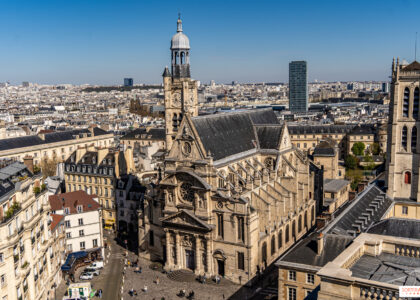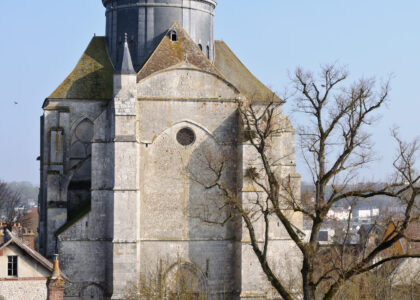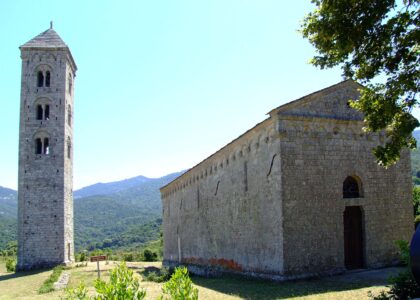Welcome to Pierre de Montboissier, a historical location with ties to significant figures and events in medieval France. This site is notably linked to Peter the Venerable, born around 1092 in the region of Montboissier, Auvergne. Peter the Venerable was an influential French abbot of Cluny, recognized for his efforts in spiritual, intellectual, and financial reforms that revitalized the Cluniac order. His leadership and vision restored Cluny to prominence among the religious establishments of Europe.
Peter the Venerable was also known for his diplomatic skills, notably supporting Pope Innocent II alongside Bernard of Clairvaux, a move that weakened the position of the antipope, Anacletus II. He played a key role in reconciling Peter Abelard with Bernard and the Pope after the condemnation of Abelard’s teachings at the Council of Sens in 1140. Peter the Venerable was not just a religious leader; he was also a scholar who ordered the first Latin translation of the Qurʾān, aiming to understand and refute its teachings. Furthermore, his correspondence and writings, including hymns, poems, and theological tracts, have left a lasting legacy in historiography.
This location also shares its name with Peter of Bruys, another notable figure, though distinct from Peter the Venerable. Peter of Bruys was a reformer whose teachings in the early 12th century challenged the established church practices. Despite being deemed heretical, his influence spread across regions like Narbonne and Toulouse. His story intersects with Peter the Venerable, who wrote against the teachings of the Petrobrusians, the followers of Peter of Bruys.
The area’s historical significance is further enriched by its proximity to Pont-du-Château, a commune with a storied past. In the 13th century, it became a citadel under the command of Philip II of France. The town later saw architectural developments in the 17th century, including the construction of a castle by Guillaume de Montboissier Beaufort-Canilhac, showcasing the influence of Louis XIII and Louis XIV’s architectural styles.
Over centuries, this region has witnessed the ebb and flow of power, religion, and culture, encapsulating a rich tapestry of medieval history that resonates through its landmarks and stories.






